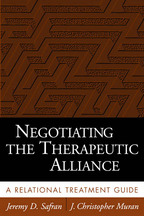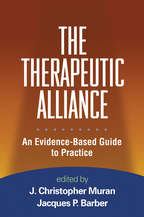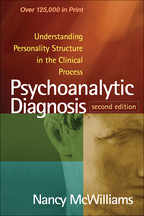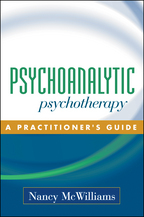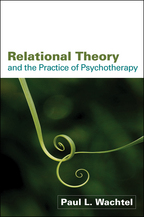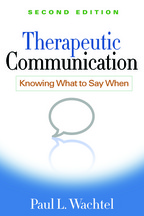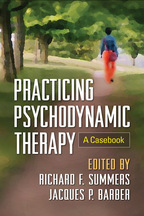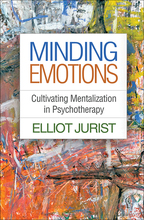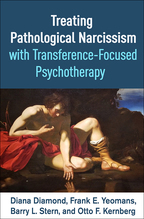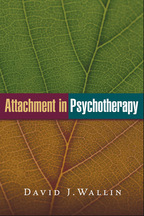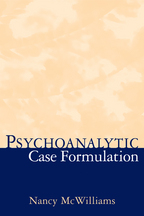Negotiating the Therapeutic Alliance
A Relational Treatment Guide
Jeremy D. Safran and J. Christopher Muran
HardcoverPaperback
Hardcover
orderJanuary 11, 2000
ISBN 9781572305120
Price: $65.00 260 Pages
Size: 6" x 9"
Paperback
orderMay 22, 2003
ISBN 9781572308695
Price: $43.00 260 Pages
Size: 6" x 9"
“The quality of the therapeutic alliance is the most powerful predictor of success in psychotherapy. Given the inevitability of stresses, strains, and breakdowns in that alliance, the identification and repair of these difficulties are among the most important skills for the psychotherapist to acquire....[This book] belongs in the library of every mental health professional who practices or teaches psychotherapy.”

—American Journal of Psychiatry
“While clinical research has demonstrated the efficacy of a variety of psychotherapeutic procedures, what is often overlooked is the critical role played by the 'common factors' of psychotherapy. This important book details procedures for optimizing the therapeutic alliance and maximizing treatment effectiveness. It should be read by all clinicians.”

—David H. Barlow, PhD, Professor and Director Center for Anxiety and Related Disorders, Boston University
“This is a brilliant book. Informed by the authors' internationally recognized research program on ruptures in the therapeutic alliance, the book is enlightening in two major ways. First, its focus on ruptures opens a route to understanding the nature and utility of the therapeutic alliance. Second, the authors show how to negotiate ruptures, offering a veritable guide to moving from rupture to healing. Focusing on an important and neglected area of clinical training, this is an invaluable text for beginning and advanced psychotherapy courses.”

—Lester Luborsky, PhD
“An unparalleled achievement....Among the few comprehensive texts that truly integrates ongoing empirical research with cutting-edge developments in clinical psychoanalysis, as well as elements of other therapeutic modalities....This book will be used both as a classroom text and as a sourcebook for working clinicians, researchers, and theorists.”

—Lewis Aron, PhD
—American Journal of Psychiatry
“While clinical research has demonstrated the efficacy of a variety of psychotherapeutic procedures, what is often overlooked is the critical role played by the 'common factors' of psychotherapy. This important book details procedures for optimizing the therapeutic alliance and maximizing treatment effectiveness. It should be read by all clinicians.”
—David H. Barlow, PhD, Professor and Director Center for Anxiety and Related Disorders, Boston University
“This is a brilliant book. Informed by the authors' internationally recognized research program on ruptures in the therapeutic alliance, the book is enlightening in two major ways. First, its focus on ruptures opens a route to understanding the nature and utility of the therapeutic alliance. Second, the authors show how to negotiate ruptures, offering a veritable guide to moving from rupture to healing. Focusing on an important and neglected area of clinical training, this is an invaluable text for beginning and advanced psychotherapy courses.”
—Lester Luborsky, PhD
“An unparalleled achievement....Among the few comprehensive texts that truly integrates ongoing empirical research with cutting-edge developments in clinical psychoanalysis, as well as elements of other therapeutic modalities....This book will be used both as a classroom text and as a sourcebook for working clinicians, researchers, and theorists.”
—Lewis Aron, PhD

